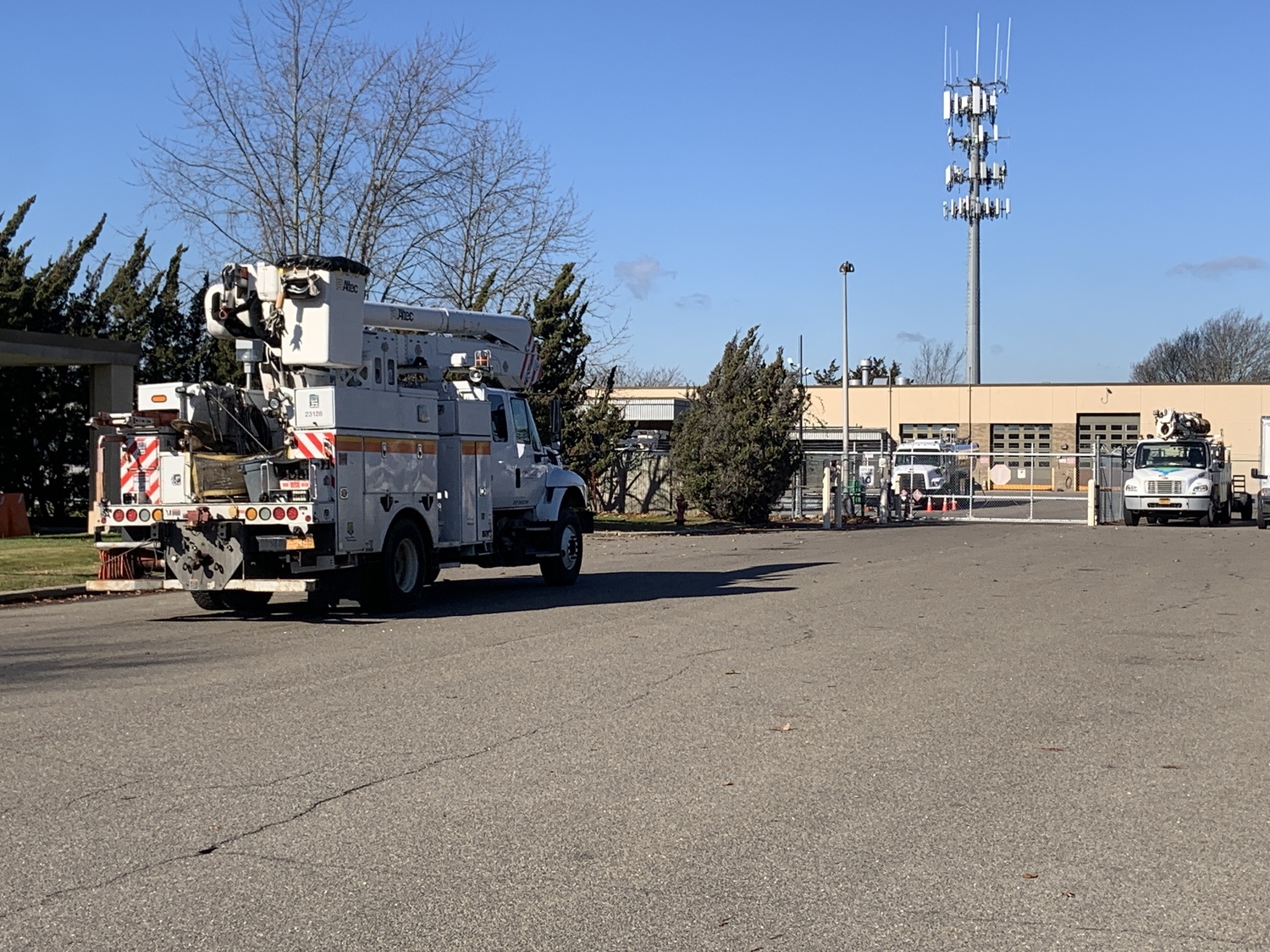
The New York State legislative commission charged with studying whether the Long Island Power Authority should be transformed into a public power utility has issued a report, which calls for just that.
According to State Assemblyman Fred W. Thiele Jr., who chaired the commission with State Senator Kevin Thomas of Nassau County, the next step is for the State Legislature to pass legislation setting that transformation in motion and for Governor Kathy Hochul to sign off on it — no easy feat.
If the plan envisioned by the panel is put in place, LIPA would cut ties with PSEG Long Island, which currently manages the grid. LIPA, in turn, would hire PSEG Long Island’s workforce and become a public power utility.
That was the vision of the State Legislature when it created LIPA in the mid-1980s, said Thiele.
“The original intent of the statute was to close the Shoreham power plant and replace the Long Island Lighting Company,” Thiele said. “They succeeded in closing Shoreham, but instead of making LIPA a fully public utility, we got this crazy Rube Goldberg model in which it contracts with a third party. Shockingly, no one else is copying what we are doing on Long Island.”
Another problem with LIPA is that the governor, with five appointments, dominates the board of directors. The Assembly speaker and Senate majority leader each control two seats, which effectively means Long Islanders have no say in how LIPA is run, Thiele said.
Under the commission’s plan, the board would be expanded to 13 members. However, the governor would only appoint two members, while the Senate and Assembly leaders would continue to appoint two each, and Nassau and Suffolk County leaders would also appoint two each. The final three seats would be chosen by the Queens borough president, union officials and a Long Island community stakeholder group.
The commission, which held a series of hearings across Long Island over the past year, has concluded, based on the findings of consultants, that about $80 million could be saved a year with a public utility. That would translate to savings of $20 to $30 a year for the typical ratepayer.
While Thiele conceded that the savings would be modest, he said it was important, nonetheless, to know that the public model could be as cost-effective as the current arrangement.
Thiele said the commission’s plan would also protect union contracts and give the state comptroller power to oversee the utility’s finances, something former Governor Andrew Cuomo stripped from it.
The bipartisan commission voted, 5-1, to approve the final report. Two members who, Thiele said, supported the report, were not present at the meeting. Senator Monica Martinez of Islip was the lone dissenter.
Thiele said he and Thomas would sponsor the required legislation early in the 2024 session and said he expected other commission members to sign on as co-sponsors. He said his initial goal was for members of the Senate and Assembly to have an opportunity to vote on a standalone measure and not have it attached to the budget process.
Thiele said that even though public utilities are fairly common across the United States, he envisioned heavy opposition from private utility lobbyists and pointed out that PSEG Long Island had already spent about $2 million trying to undermine the effort.
The legislature created the commission following Tropical Storm Isaias in 2020. “Even though it was hardly the storm of the century,” about a half million people lost power and PSEG Long Island’s response proved to be lackluster, Thiele said.